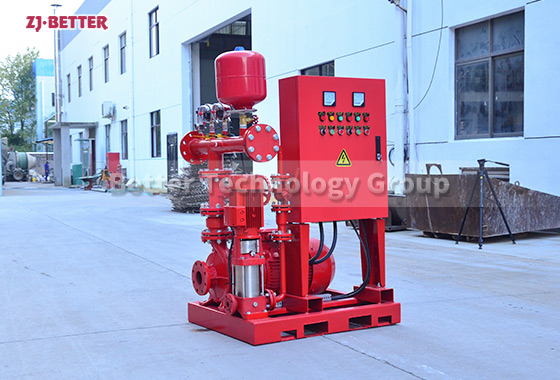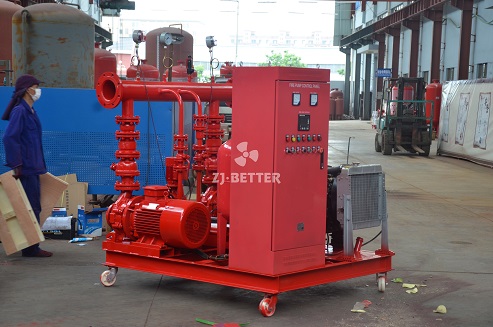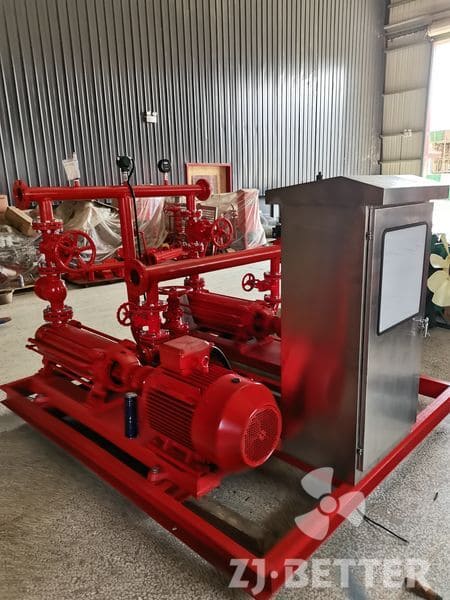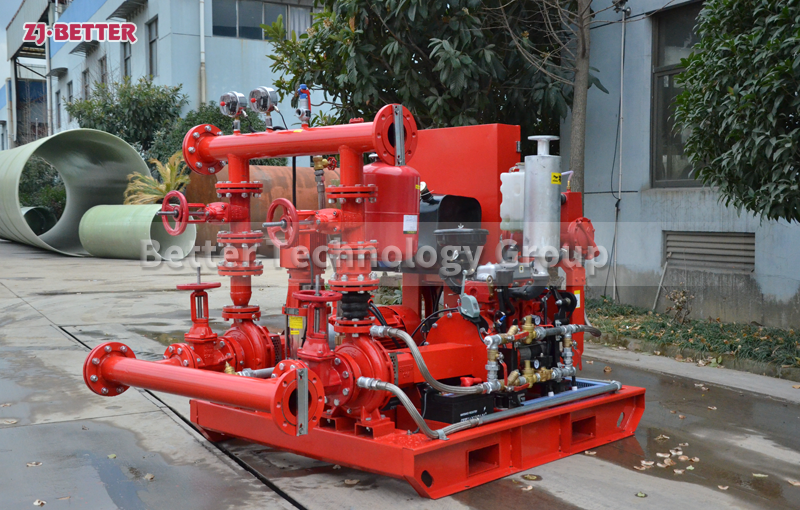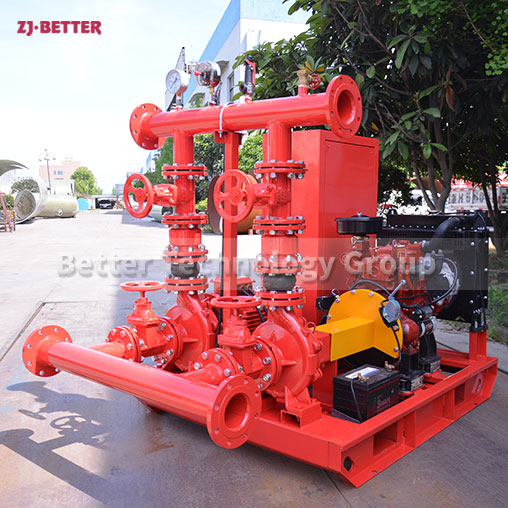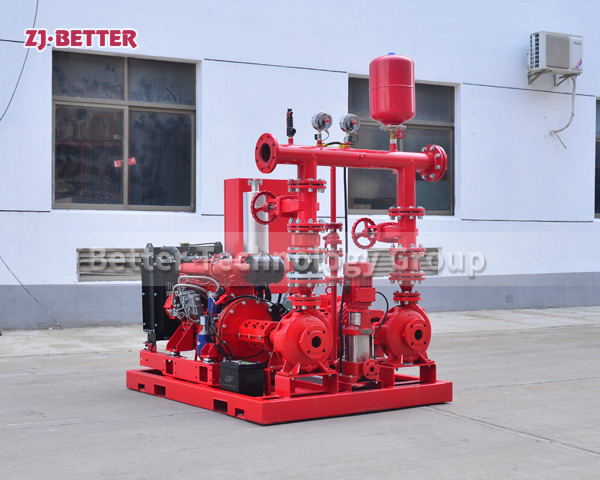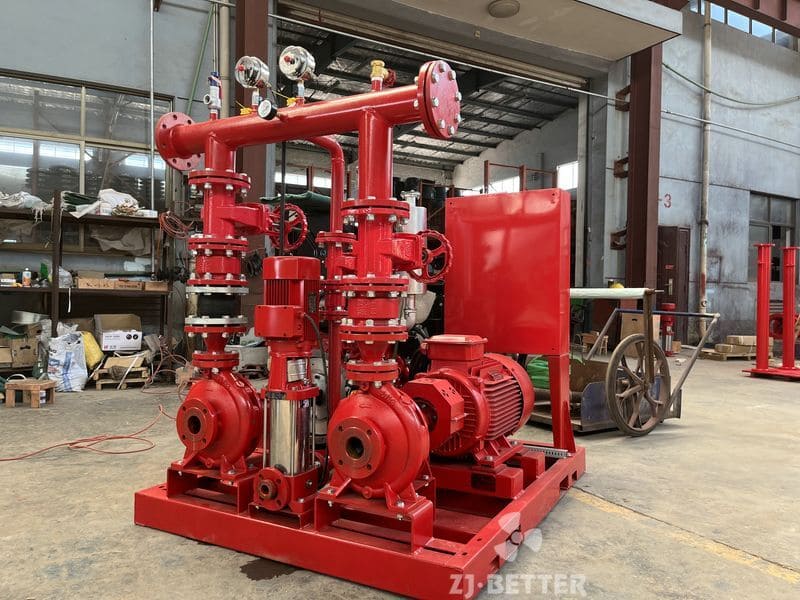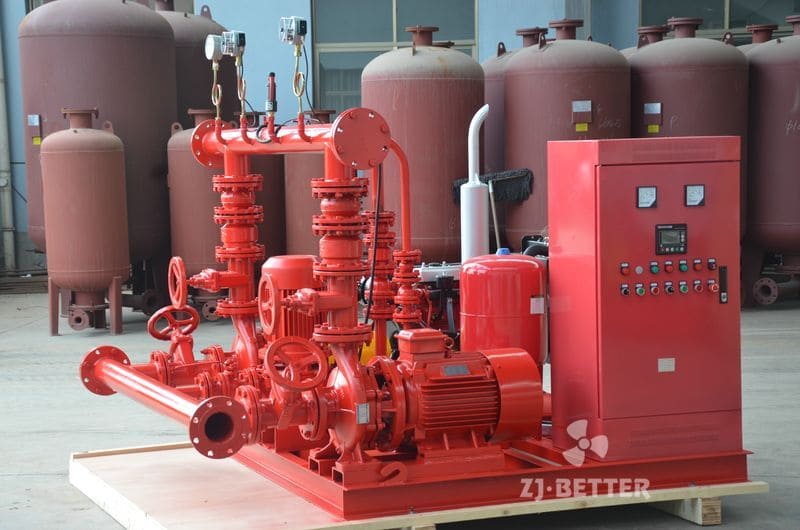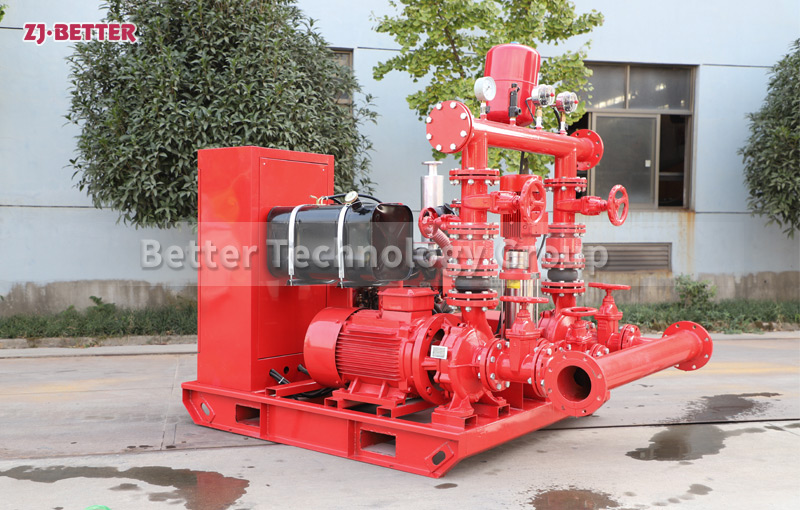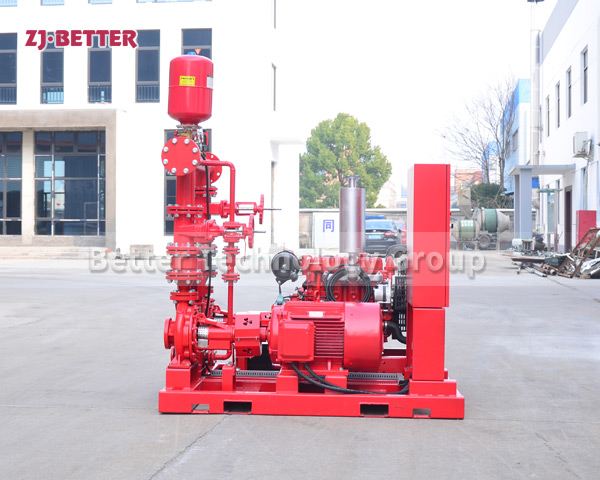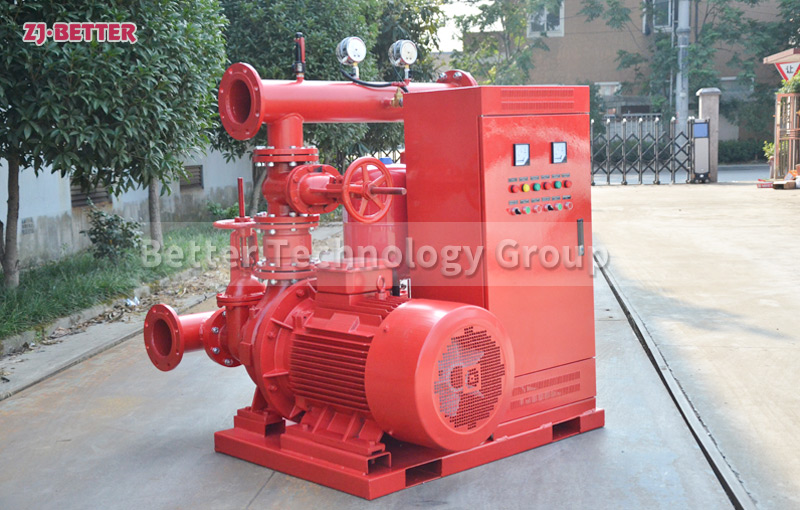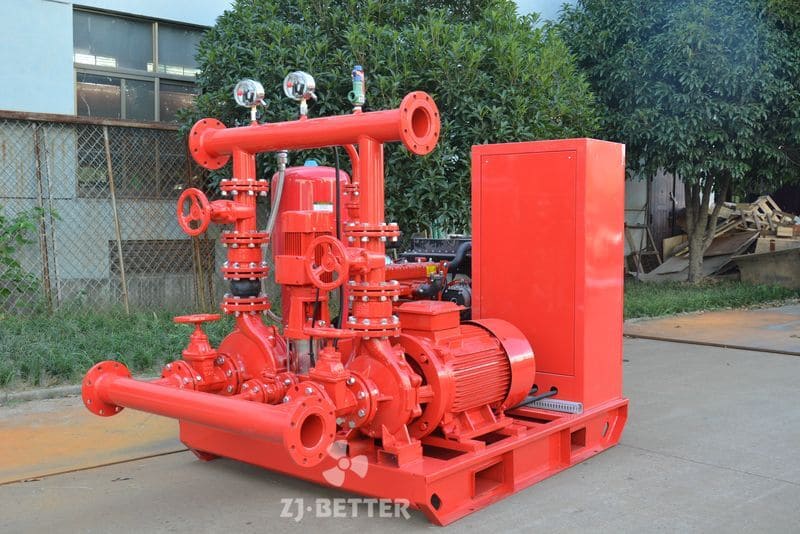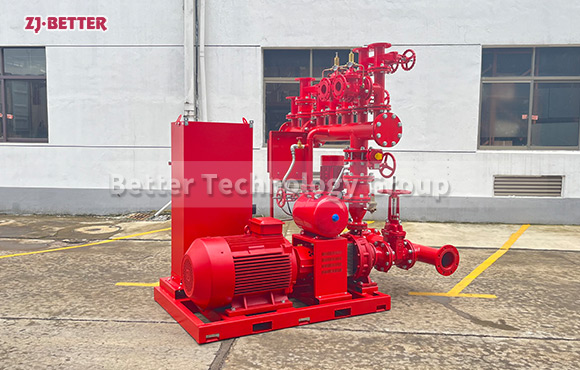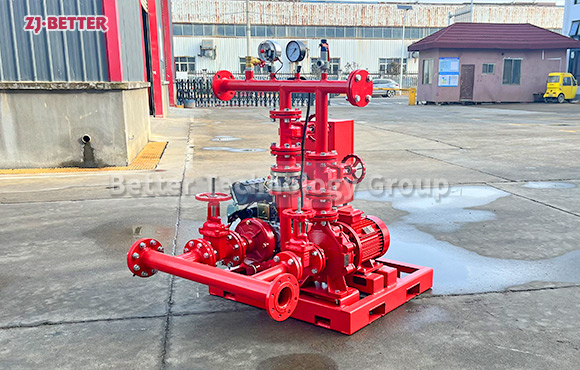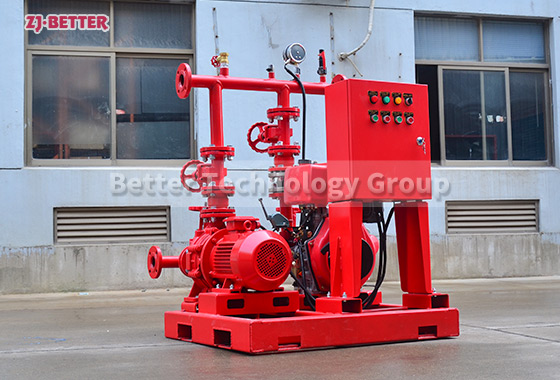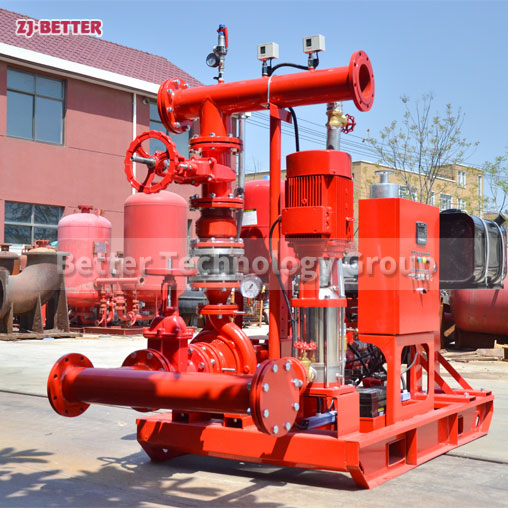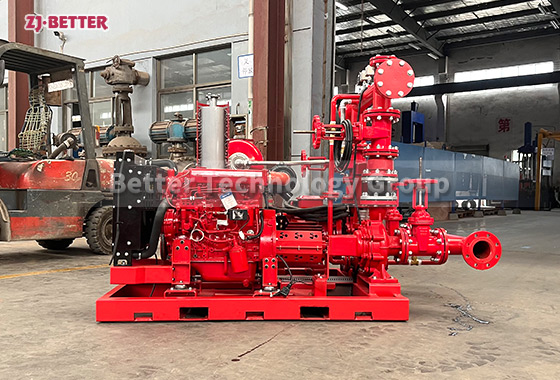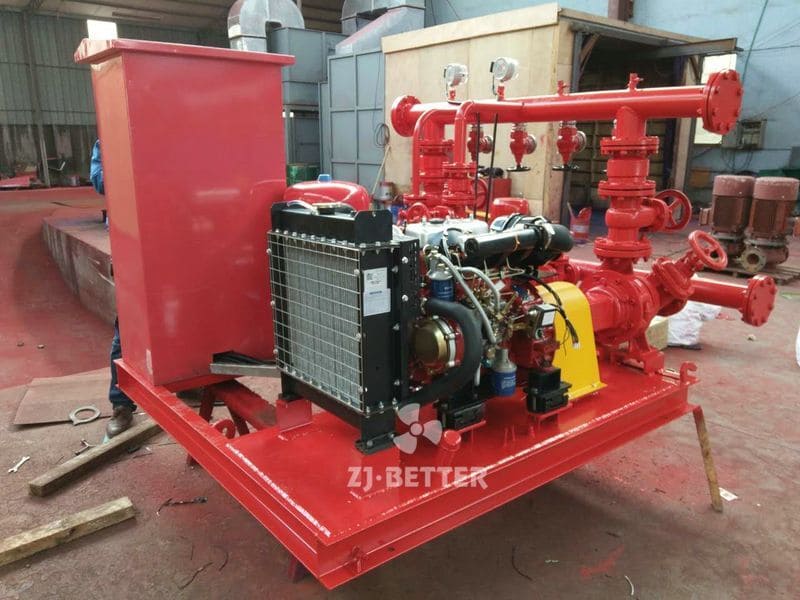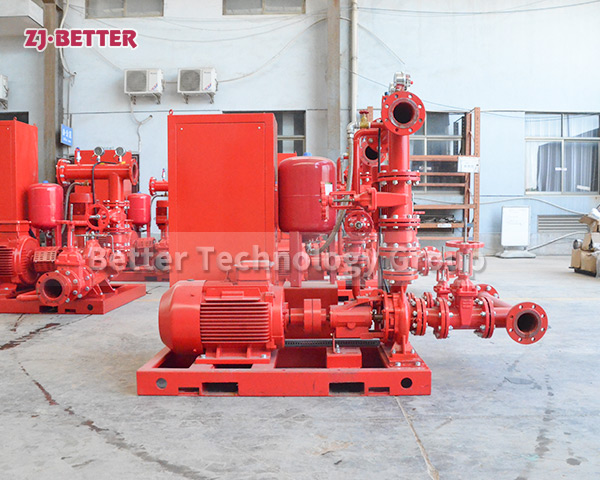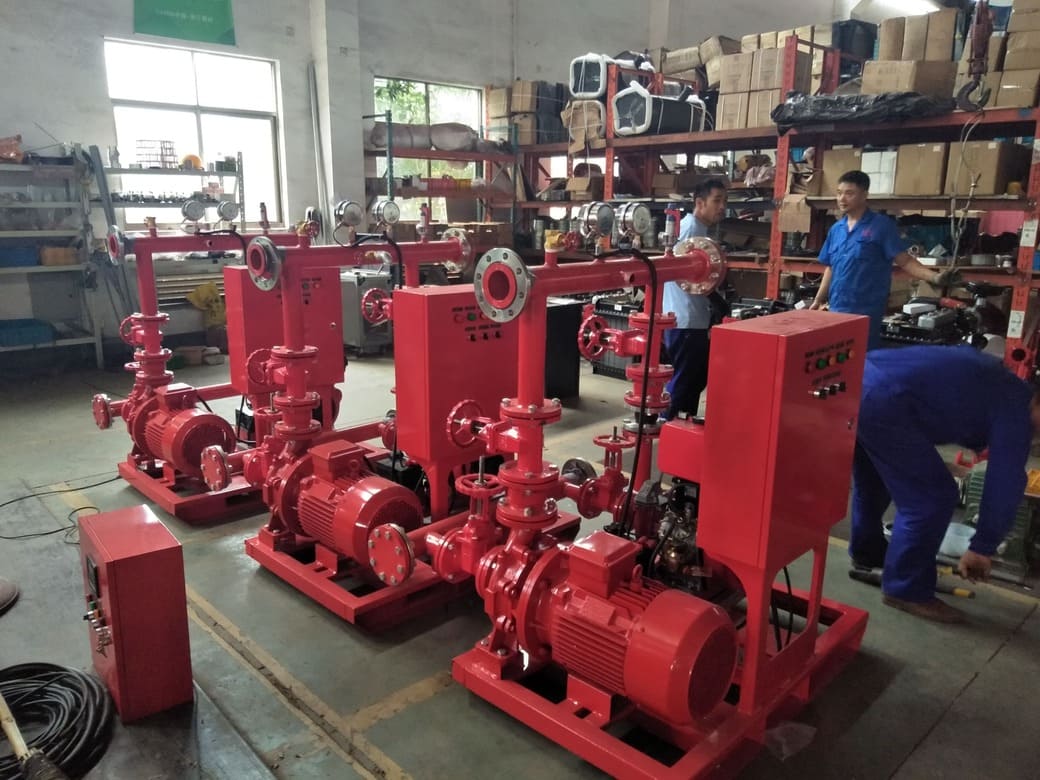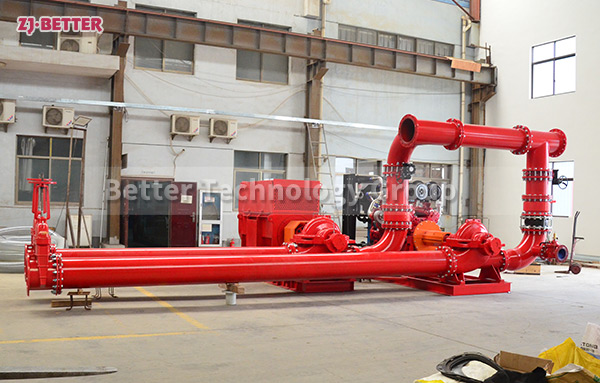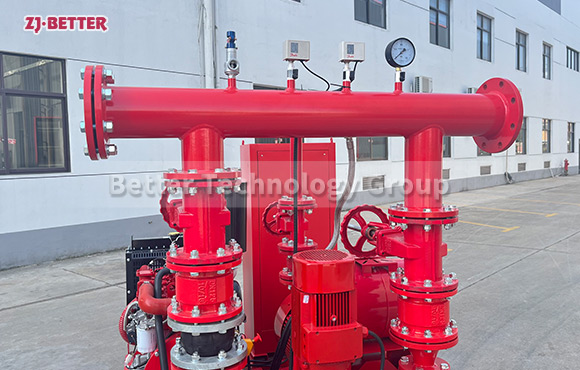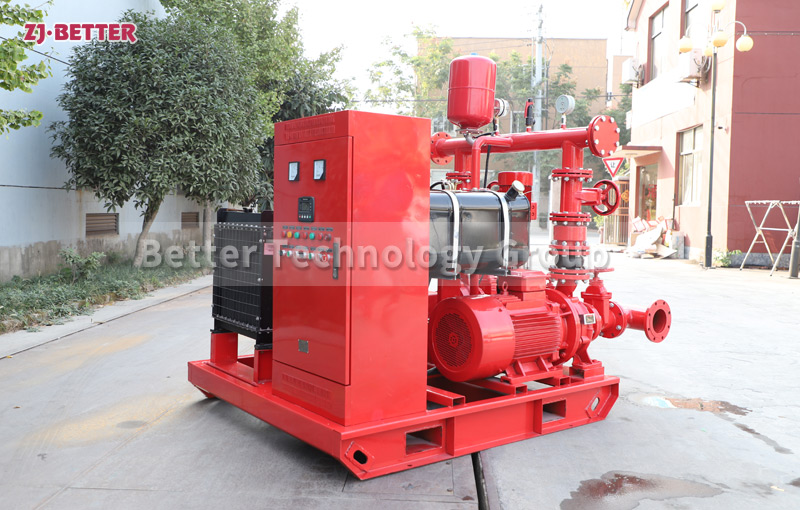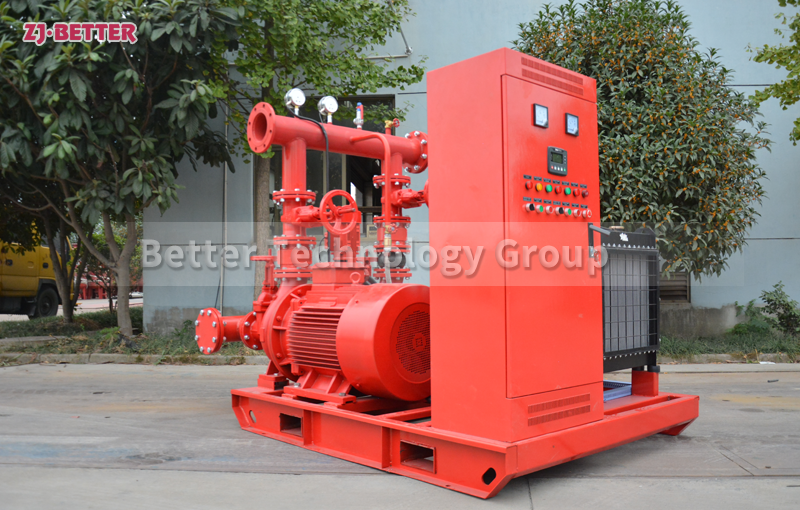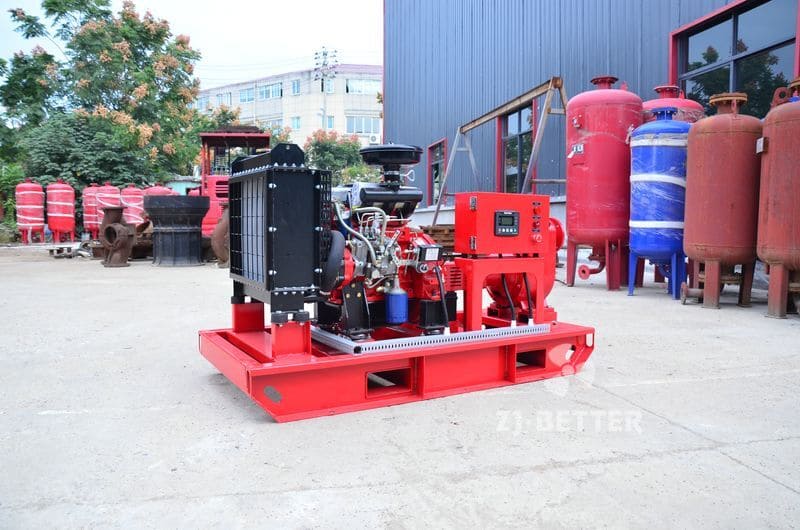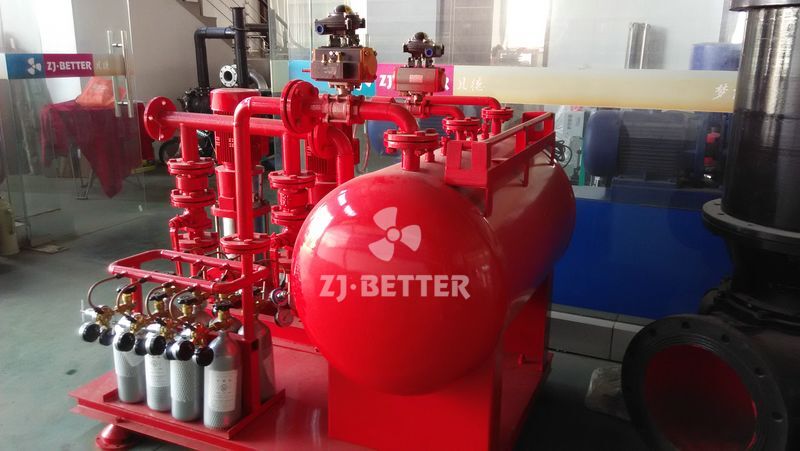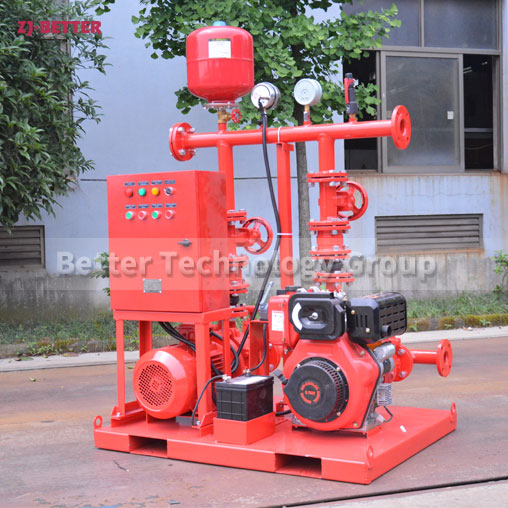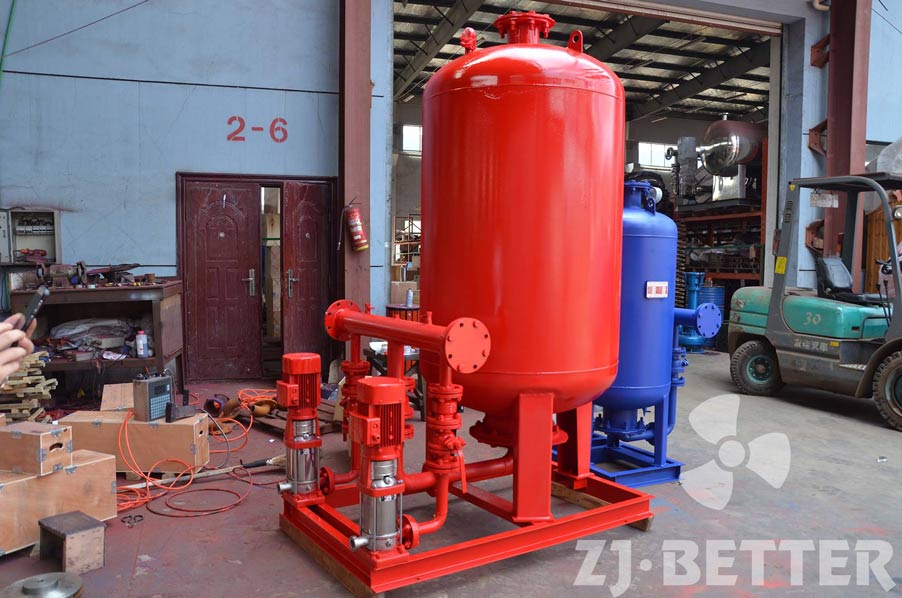Fire pump fault elimination measures
Eliminating fire pump faults promptly is crucial to ensure the fire pump’s reliability and effectiveness during emergency situations. Here are some measures to address fire pump faults effectively:
Eliminating fire pump faults promptly is crucial to ensure the fire pump’s reliability and effectiveness during emergency situations. Here are some measures to address fire pump faults effectively:
1. Regular Maintenance: Implement a comprehensive maintenance schedule following the manufacturer’s guidelines and industry standards. Regular maintenance helps identify and address potential issues before they escalate into major faults.
2. Diagnose the Fault: When a fire pump fault occurs, conduct a thorough diagnosis to identify the root cause. Check the electrical system, mechanical components, sensors, and control panel for any signs of malfunction.
3. Electrical Checks: Inspect electrical connections, terminals, and wiring for loose connections or damaged components. Ensure that all electrical systems, such as the control panel and alarms, are functioning correctly.
4. Mechanical Inspections: Examine the mechanical components, such as impellers, bearings, seals, and couplings. Replace any worn-out or damaged parts and ensure proper alignment.
5. Overload Protection: Verify that the fire pump has adequate overload protection to prevent excessive current flow during high-demand situations. This protection is essential to prevent motor damage or overheating.
6. Cooling System Maintenance: Check the cooling system, such as the radiator or heat exchanger, for debris or blockages. Ensure that proper airflow is maintained to prevent overheating.
7. Lubrication: Keep all moving parts properly lubricated according to the manufacturer’s recommendations. Insufficient lubrication can lead to increased friction and premature wear.
8. Battery Check: If the fire pump has a backup battery system, ensure the battery is fully charged and in good condition. Clean battery terminals and verify the battery’s ability to provide power during emergencies.
9. Pressure and Flow Testing: Conduct periodic pressure and flow tests to ensure the fire pump can deliver the required water flow and pressure as per design specifications.
10. Maintain Documentation: Keep detailed records of all maintenance activities, inspections, and repairs. Documentation helps track the fire pump’s maintenance history and assists in identifying recurring issues.
11. Emergency Response Plan: Develop an emergency response plan that includes procedures for handling fire pump faults and alternative firefighting methods in case of pump malfunctions.
12. Training: Ensure that personnel responsible for the fire pump’s maintenance and operation are properly trained in troubleshooting and fault elimination procedures.
13. Professional Assistance: If you encounter complex faults or issues beyond your expertise, seek assistance from qualified professionals or fire pump specialists.
Remember that fire pump faults should be addressed promptly by qualified individuals to avoid compromising the pump’s performance during firefighting or emergency scenarios. Regular maintenance, thorough inspections, and adherence to safety protocols are essential to maintaining a reliable and efficient fire pump system.

